Supplementation with natural choline: myth or reality?
Supplementation with natural choline: myth or reality?
By: Hamilton Ida y Sandra Olivera.
Choline is well known for its nutritional advantages since the 30’s and its supplementation in animal diets is very common, especially for monogastrics.The role of choline in the prevention of problems such as perosis or fatty liver in broilers is well known and its supplementation through the feed is essential, especially for certain phases or breeding conditions.
In recent years, choline supplementation from herbaceous products (BioCholine®) has emerged as an alternative to choline chloride, the standard ingredient used in the animal production industry. The use of natural choline in poultry and pig diets has become more common in markets with high production efficiency and that operate under considerable pressure for cost reduction, such as Brazil, Mexico, Peru, Chile, among others. Currently, vegetal choline is widely used in Latin America, with the potential to grow significantly in Europe.
This article analyzes this context and points out the reasons of the growth of the use of natural choline as a supplement in animal nutrition replacing choline chloride.
Choline and its functions
Choline is an essential nutrient with a vitamin-like action. In specific conditions, its endogenous synthesis may be too low to complete the requirements of food animals. For example, chicks until the third week of age are not able to synthesize sufficient choline to meet their metabolic demand.
Many important metabolic processes depend on choline such as:
- Synthesis of the phospholipids which are part of the cells membranes;
- Precursor of the neurotransmitter acetylcholine;
- Donor of methyl groups in the methionine metabolism;
- Metabolism of the fats in the liver;
Choline is a natural constituent of many raw materials commonly used for the formulation of livestock and pet diets. However, its concentration and bioavailability in these sources can be very variable. For this reason, and in order to guarantee adequate levels to cover the production needs of the different species, feed formulators provide the choline supplementation through the traditional source, choline chloride.
Choline chloride is chemically synthetized through the reaction between trimethylamine (synthetized from the methanol and ammonium), hydrochloric acid and ethylene oxide. Its cost in formulation is relatively low in comparison with other vitamins. However, there are nutritional, as well as operational disadvantages with this product:
- Only 1/3 of the choline is absorbed; the remaining 2/3 are transformed into trimethylamine (TMA) during the digestion by the intestinal flora. The TMA is then absorbed and can affect negatively the hepatic metabolism of the birds and is also known to give a fishy smell to the eggs;
- Its concentration is low (in general, 60% for the powder and 75% for the liquid), which requires a higher inclusion rate and thus occupies more space in the formula;
- Choline chloride provides some chloride, which should be taken into account in the electrolyte balance; for example, the excess of chlorine in the diets is associated with metabolic acidosis, which predisposes the broilers to metabolic diseases such as tibial dyschondroplasia (already in the initial stages) and ascitic syndrome;
- Hygroscopicity and corrosivity – in addition to being unstable and difficult to handle during feed production, choline chloride can increase humidity and cause destruction of vitamins in the premixes and the feeds.
The natural choline supplement, BioCholine®, is a carefully controlled mixture of different plants well known in Ayurvedic medicine. The product is in powder form, which is thermostable and non-hygroscopic. It can be used in premixes and in pelletized or extruded feeds.
The plants comprising BioCholine® provide choline in the form of phosphatidylcholine and other phospholipids, inositol, phosphatidylethanolamine and phosphatidylserine, important molecules for general metabolism. The experimental trials and the use of natural choline in the field over the last several years, in conventional production in Latin America and Europe, have proven that the product can totally substitute the choline chloride without any reduction in performance. BioCholine® can also improve performance with varying substitution ratios, due to the mode of action of the phosphatidylcholine and the synergistic interaction with the active components of the mix of plants. The recommended level of inclusion is between 1/4 and 1/5 of the dosage of choline chloride.
Phosphatidylcholine, one of the active components of natural choline, acts as an agonist (promoter) of the PPARα (Peroxisome Proliferator Activated Receptors Alpha), proteic nuclear receptors acting on transcription processes. The PPARα regulate the expression of specific genes implicated in metabolic reactions, such as beta oxidation of fatty acids or regulation of energetic homeostasis due to the secretion of adiponectin.
It has been demonstrated that PPARα are present both in the intestine and in the liver, indicating that natural choline (phosphatidylcholine) begins to act in the enterocytes and, later, in the liver, optimizing the absorption of nutrients in the diets and improving feed conversion and other productive parameters.
Below are presented some study results with supplementation with BioCholine®:
- Broilers
- It has been demonstrated that 1kg of BioCholine® is equivalent to 4.8kg of choline chloride 60% in poultry
- In many experimental trials and in field conditions, supplementing BioCholine® has been shown to result in performances equal to or better than choline chloride in the promotion of optimal mobilization of fat, preventing the ‘fatty liver syndrome’
- The vegetal choline allows a greater utilization of the gross energy of the feed, enhancing apparent metabolizable energy levels and, consequently, feed conversion ratio and other productive parameters
- Layers
- In older layers (75 weeks), natural choline improves the laying rate, weight of the eggs and the feed conversion ratio compared to choline chloride
- Swine
- It has been demonstrated that 1kg of BioCholine® is equivalent to 6.3 kg of choline chloride 60% for pigs
- In recently weaned piglets, animals fed with herbaceous choline have greater daily weight gain, better feed conversion ratio and higher final weight compared to choline chloride
- Ruminants
- In lambs, the vegetal choline presented results similar to that of rumen-protected choline in terms of daily weight gain and final weight
- Dairy sheep fed BioCholine® presented better weight at 30 days of lactation, increased fatty acid composition of milk (oleic acid) along with the same milk production and weight gain of lambs, compared to the by-pass choline
- In dairy cows, herbaceous choline demonstrated a significant increase in milk production and reduction of glycemia and β-hydroxybutyrate
Consistent positive results obtained in both monogastrics and ruminants reinforce that the use of BioCholine®, with strong experience in other markets, is an economical alternative to choline chloride, with a technical and scientific basis that guarantees a confident step forward in the changes that livestock production requires from the currently demanding markets.
Read more at
Nuproxa's Blog
Choline chloride: disadvantages and risks in modern animal nutrition
In the first part of this technical series, we explored the role of choline in animal nutrition, its...
+Coccidiosis in poultry: an ongoing challenge in poultry farming
Coccidiosis is one of the most common parasitic disease with the greatest economic impact on poultry...
+Why reconsider the use of choline chloride in animal nutrition?
In this technical guide developed by Nuproxa, we explore lesser-discussed aspects of choline chlorid...
+Guide to the prevention and treatment of coccidiosis in poultry: part 1
Coccidiosis manifests itself in birds that become infected as a result of ingesting sporulated oocys...
+Read more at
Nuproxa's Blog
Choline chloride: disadvantages and risks in modern animal nutrition
In the first part of this technical series, we explored the role of choline in animal nutrition, its...
+Coccidiosis in poultry: an ongoing challenge in poultry farming
Coccidiosis is one of the most common parasitic disease with the greatest economic impact on poultry...
+Why reconsider the use of choline chloride in animal nutrition?
In this technical guide developed by Nuproxa, we explore lesser-discussed aspects of choline chlorid...
+Guide to the prevention and treatment of coccidiosis in poultry: part 1
Coccidiosis manifests itself in birds that become infected as a result of ingesting sporulated oocys...
+Why reconsider the use of choline chloride in animal nutrition?
In this technical guide developed by Nuproxa, we explore lesser-discussed aspects of choline chlorid...
+Do you still use choline chloride in your production?
Discover a solution capable of transforming your results! The natural revolution to increase animal ...
+Natural Polyherbal Sources for Supplementing Vitamin e in Animal Nutrition
Nearly 100 years after its discovery in 1922, is practically consensual that supplementing with Vita...
+Improving production efficiency by controlling protozoa via herbal blend
The continuous improvement of production efficiency in industrial poultry farming still remains an e...
+Importance of the use of liver protectors in the production output of broilers
The liver is the organ performing the largest number of vital functions indispensable for the animal
+Importance of the use of liver protectors in the production output of broilers
The liver is the organ performing the largest number of vital functions indispensable for the animal...
+Dorsal fat reduction in pigs: nature has the solution
Pig farming is constantly changing. Since its technification in the 1970s, new knowledge and technol...
+Efficient solutions and better results
Pig farming is constantly changing. Since its technification in the 1970s, new knowledge and technol...
+Natural Polyherbal Sources for Supplementing Vitamin e in Animal Nutrition
Nearly 100 years after its discovery in 1922, is practically consensual that supplementing with Vita...
+Herbal formula, source of choline and it’s effect on the apparent metabolisable energy of broiler chicken’s diets
In relation to the effect of different sources of choline on the chicken’s performance, papers wri...
+

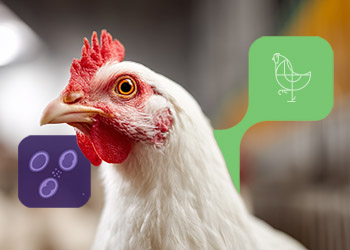
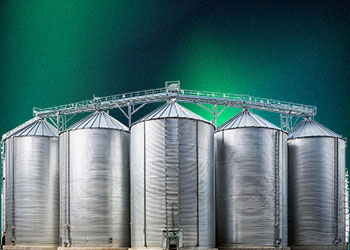
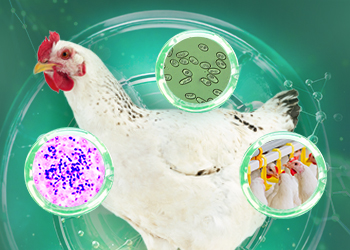
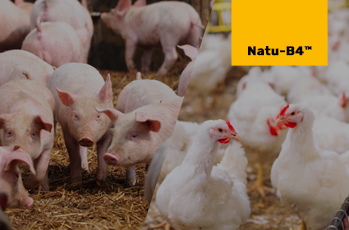

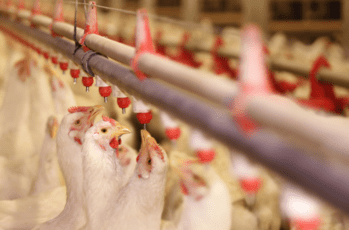
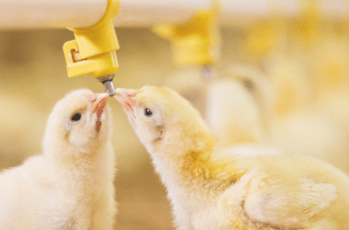
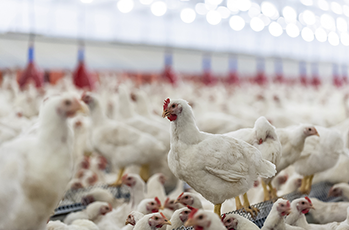
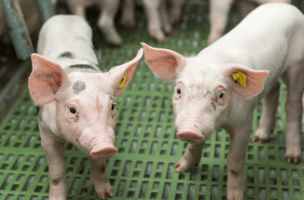
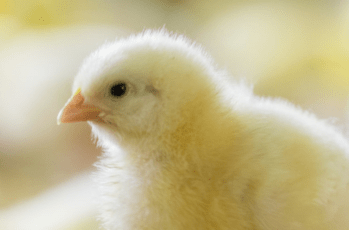
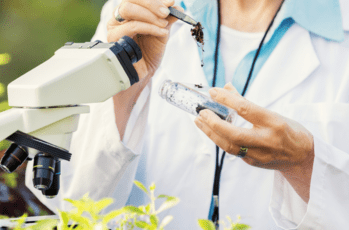
receive our newsletters.